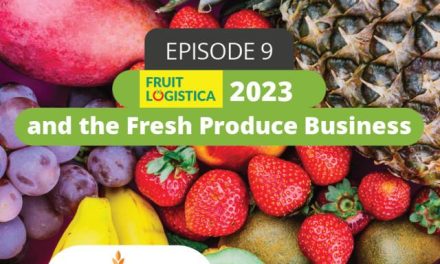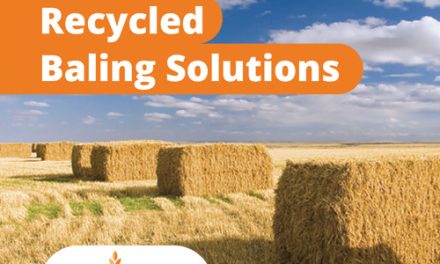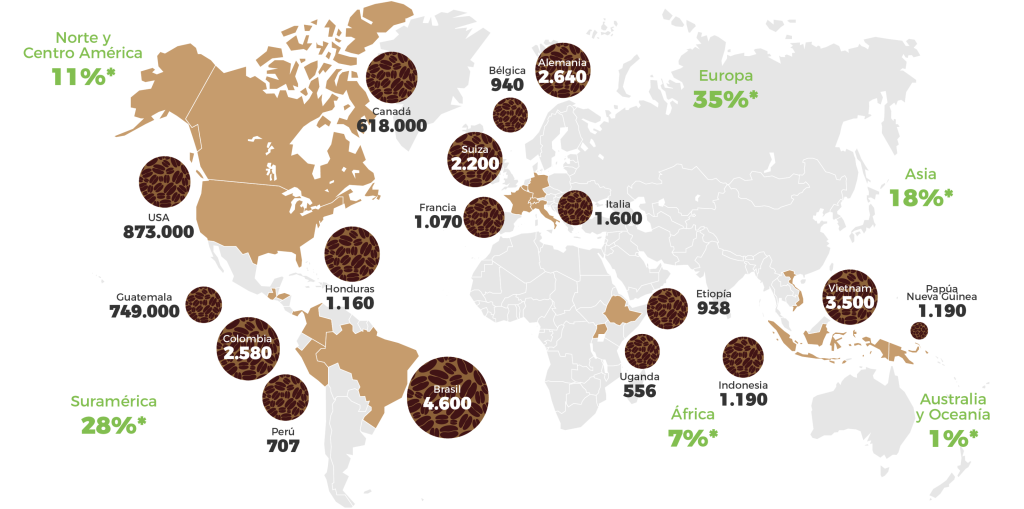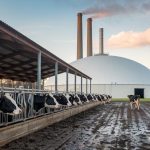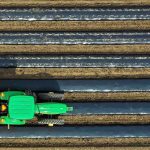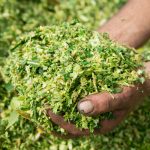
Coffee dryers with plastic covers


In this post, we’ll tell you everything you need to know about coffee drying, the different types of solar dryers used and their benefits, the optimum humidity of the bean for its commercialization, as well as everything related to the construction of dryers with plastic covers for coffee cultivation.
An introduction to current events
It is no secret that the cultivation of coffee is of utmost importance, since its beans are consumed all over the world, so it doesn’t come as a surprise that its demand continues to increase over time.
However, the price of coffee has also increased, among other reasons, due to the constant changes in the market, for example, the cost of inputs and transportation.
According to Luisa Duque, an agricultural engineer with more than 15 years of experience in the production of crops under covers and a member of the agricultural plastics division of the Armando Alvarez Group, coffee is a key crop for Latin America and the Caribbean, not only due to the cultivation process, processing, marketing, and transportation but also because of the millions of jobs that it generates globally each year.
What is the coffee-producing belt?
The term refers to the countries that are dedicated to the cultivation of coffee, and are located in the tropical Equatorial zone, for example, countries in America, Africa, and Asia, which makes coffee a global crop.
Colombia, Mexico, Costa Rica, Peru, Bolivia, Brazil, Honduras, Ethiopia, Kenya, Congo, Tanzania, Indonesia, Vietnam, and Papua New Guinea, among others, are some of the countries that are in this coffee-producing belt.
Coffee cultivation is located in a specific distribution zone, which requires precise growing conditions for the beans to thrive and to obtain a high-quality product.
Countries that stand out for their coffee production
Currently, several countries stand out for their coffee production such as Brazil, Colombia, and Vietnam.
In Central America, there is a vast and ongoing bean production throughout the year, as well as in Peru and in African countries where the current production is quite important.
Switzerland, Germany, and the United States also appear on the production map despite not being producers, since they are large importers of coffee. By making a maquila of the imported material, they automatically become exporters of this processed product, thus generating employment, and having a presence in more countries of the world.
What is the future of coffee cultivation?
According to Luisa Duque, the future of coffee will be quite interesting due to climate change, so there will likely be a redistribution of planting areas within the same coffee belt that we mentioned before.
Therefore, coffee could be produced in the high tropic zones, where there are currently no coffee crops, due to the temperature changes that would be favorable at higher altitudes.
According to some experts, there is a high probability of producing coffee outside this belt since climate change will allow expanding the spectrum in terms of production frontiers in coffee cultivation.
Another interesting aspect is the possibility of developing new varieties with greater tolerance to climate change, but also greater tolerance to diseases and pests that may appear due to the same changes that are taking place.
Something that will certainly be key in the cultivation of coffee is promoting more appropriate soil management, since the trees that provide shade in many cultivation areas have been eliminated, thus having a direct impact on them. The idea is that agricultural producers replant these trees and maintain them over time to have an alternative to reduce the abrupt changes in temperature that are occurring.
Likewise, there must be a better use of water resources in the crops, as well as more environmentally friendly packaging to offer a climate-smart coffee so that it has an added value based on the demands of the market.
What about the quality of the coffee?
For a coffee to be excellent, and for its quality to be maintained, it is necessary to have and generate adequate conditions for each variety or species of coffee to prosper in the best way and to obtain the expected results.
The following are some of the aspects that should always be considered to obtain high-quality coffee:
- The species or variety of coffee
- State of maturity of the beans
- Altitude and latitude where the crop is located
- Soil and water management
Something that characterizes a good coffee bean is its color, scent, size, humidity, and density, characteristics that will depend on the factors previously mentioned and that will comply with the specific requirements of each market.
What is sought with an optimal coffee drying process?
The main objective of the coffee drying process is to preserve the quality of the bean, and this will only be possible by eliminating excess of humidity.
In the case of those who are dedicated to the cultivation of coffee and who also export it, it is necessary to remember that coffee beans should have between 10% to 12% of humidity, therefore it is crucial to do what’s necessary to eliminate the excess humidity that the beans may have, thus guaranteeing their quality. This also minimizes the risk of massive losses when exporting.
How do solar dryers with plastic covers help?
One of the objectives of using solar dryers with plastic covers for coffee is to achieve that optimum level of humidity that allows not only to preserve the quality of the beans but also to mitigate climate change, especially in tropical areas where rains are increasing, even in seasons where they were not expected. If coffee is dried in the open and without protection, there is a greater risk of remoistening, which should be avoided at all costs.
Plastic covers for coffee drying have had great receptivity, especially the tunnel-type solar tents that are used for this type of crop. The reason behind it is that they are easy to build, the materials are easily available, and the coffee grower can do the construction on its own to adapt the infrastructure to the specific conditions of the crop.
Currently, different structures can be built based on the same objective of drying coffee beans with plastic covers. However, everything will depend on the amount of coffee that needs to be dried.
For example, a small coffee grower will require less space to build a tunnel-type solar tent or to place a mesh to dry coffee. On the contrary, in the case of large farms with massive production, the solar dryer may not be able to meet the demand, in which case it would be necessary to have several solar dryers continuously and in rotation to achieve the goal.
Solar drying will always be crucial, and in today’s market, it has additional value since it is a more environmentally friendly alternative that takes advantage of all possible solar energy.
Plastics used for solar dryers with covers
Duque points out that they have conducted several tests with the materials they manufacture at Armando Alvarez Group, such as greenhouse cover plastics and plastic-coated raffia.
It’s worth mentioning that the differences observed between the two materials are minimal. However, aspects such as the mechanical resistance of the materials and the durability they can have in the field stand out.
“Our roofing plastics have 91% overall light transmission, compared to plastic-coated raffia which has 86.5%. Diffuse light transmission is very similar, both above 50%, and the thermicity varies between 35% and 48% between the two materials,” says Duque.
For more information, we recommend reading our article on agricultural plastic covers: evolution, main challenges, and applications.
The following are the results of a study conducted in 2017 at Cenicafé, Colombia, showing that there are no major differences in coffee drying using greenhouse plastics or plastic-coated raffia.


Estudio con plástico de invernadero y rafia plastificada. Fuente: Avance técnico 482. Avances técnicos-Cenicafé
What about radiation and light spectrum?
When it comes to sunlight diffusion, the ideal materials are those that perform a better distribution of the light that passes through the plastic covers. The objective is to optimize and make the most of the daylight hours during the day to be more productive.
However, everything will depend on how the solar radiation reaches the crop, for example, the greater the solar diffusion, the greater the distribution of light to the interior of the structure. This will allow the coffee dryers to have an adequate increase in temperature and the necessary mass of hot air for an efficient coffee drying process.
On the other hand, when materials with low diffusion are used, there will be extremely poor light distribution and shadows will be created, so the temperature won’t be the same in all areas of the coffee dryer.
The thickness of the plastics and fundamental properties
Generally, a thickness of 150 microns or 6 thousandths of an inch for the film is recommended for tropical areas, but everything will depend on the climate in each country since there are regions where they use films with a thickness of 175 microns or 7 thousandths of an inch.
In the case of greenhouse plastics and plastic-coated raffia, it is recommended to use 160 grams per square meter.
It is essential to review the technical specifications of the materials to be purchased. For example, the optical feature is key, since the coffee drying process requires the greatest and most efficient passage of light.
It is also important to make sure that the material provides optimum water coverage so that it doesn’t negatively affect the drying process. Checking the tear and impact resistance of the film is important as well since in many areas there can be snowfalls, hailstorms, heavy rains, or strong winds, so if the material chosen doesn’t have good mechanical properties, it would probably cause problems.


Coffee dryers. Source: Cenicafé– Centro Nacional de Investigaciones de Café
Recommended structures for coffee drying
According to Duque, the tunnel-type solar tent is the most used and recommended structure.
For this type of coffee drying structure, it is crucial to consider the height that it should have regarding the staff that will work in the location. The idea is that the people responsible for the drying process can move around freely inside the structure and that the structure itself is also easy to move when required.
It is recommended that the interior bed where the coffee beans will be placed is set at least 90 centimeters from the floor and, at the same time, have another 90 centimeters above this bed to guarantee the entry and good circulation of the hot air necessary for the drying of the coffee.
“Plastic mesh floors are recommended in this type of structure, since they allow air to pass through from the lower part, along with the movement of lateral curtains to guarantee the ideal air movement for bean drying,” says Luisa Duque.


Recommendations for the structure of coffee dryers. Source: Technical advance 482. Cenicafé. National Federation of Coffee Growers-Colombia.
Efficient coffee drying can be achieved with both plastic sheeting and plastic-coated raffia, the advantage of plastic-coated raffia is that it will have longer durability in the field. Raffia can last a minimum of five years in the field, while plastic sheeting can last between 2 and 3 years.
Coffee growers should define or decide what type of roofing works best for them when installing solar dryers, depending on the specific requirements of their crops.
For more information, we recommend reading our article on plastic covers and their applications.
Installation and management of plastics for coffee drying
Plastic-coated raffia should be carefully installed, especially in the upper part or ridge, so that the curve is well-covered and fixed to prevent it from moving or coming loose. On the other hand, the sides should be covered, but not fixed, so that they can move, allowing the entry of air according to the geographical needs of each crop.
The management of the structure will depend on the temperature of the growing area, the humidity of the bean, the amount of rain, the incidence of the sun, and the wind.
There can be drying in the open, under a tunnel-type structure (macro tunnel or small tunnel), and on African beds based on the cultivation area.
The idea is that, for example, in areas where it rains more, those who use the structure of African beds can also adapt them by using plastics that prevent the remoistening of the beans, and massive losses of material.


Installation and management of coffee dryers. Source: Avance técnico 482. Cenicafé. National Federation of Coffee Growers-Colombia.
How to optimize the use of the solar dryer?
- Look for sunny sites during the day.
- Ensure good air circulation, because, in closed spaces, neither the efficiency of the structure nor the drying process will be achieved.
- Ensure that water doesn’t accumulate or become stagnant. Hence the importance of using plastic mesh because the integrity of the beans can be compromised if the coffee is put to dry without eliminating any excess water.
- Avoid construction sites with strong odors around them (garbage dumps, animal breeding grounds, toilets, among others), since the coffee bean absorbs any odor that is nearby and when the beans are drying, they will do so with those odors, thus losing their quality.
- Knowing how to choose the place where the coffee dryers will be placed is particularly important. It doesn’t matter if it is a slope, since the structures can adapt very well to almost any terrain, but the presence of penetrating odors that could negatively affect the coffee drying process must be avoided.
- The layer of coffee to be dried should have a maximum thickness of 3cm, preferably 2.5cm for optimal drying. It is very important to stir the coffee about three times a day to avoid an accumulation of wet beans. For this purpose, rakes can be used to keep the beans moving and aerated, without having to enter the dryer. This practice achieves a 25% drying of the beans.
- Have good access to the construction site, since, if it is located in a very remote area or with obstacles to enter, the work may be difficult to conduct.
Adequate lighting, good temperature and humidity, and ideal air exchange are essential for coffee drying to be qualified as optimal.


Different structures of coffee dryers. Source: Cenicafé– Centro Nacional de Investigaciones de Café
Why is air exchange so important in coffee drying?
Air exchange is important because the coffee grower must be able to recognize the conditions of the bean to make the curtain movements. Once the beans have been harvested and the pulping has been done, the beans must be dried, each one at its own time, since there are different harvesting days.
The idea is to divide the solar dryers or drying beds on the inside, identifying the days on which the coffee beans are placed to be dried. In this way, it is easier to know at what moment the coffee should be removed, what percentage of humidity is being obtained, and the weight it is reaching to determine the percentage of humidity that’s progressively achieved until reaching the optimum percentage (10% or 12%).
Depending on the area, curtain movements will be made -if possible, between 10:00 a.m. and 2:00 p.m.- when there is generally the highest temperature accumulation in the tropical zone.
The opening of the side curtains will depend on the humidity and temperature. At the beginning of the coffee drying process, it is advisable to have the curtains open at 50%, and as the coffee dries, gradually decrease the air intake by 30% and then by 20%. At the end of the process, it is advisable to have these lateral curtains almost closed so that the temperature increases more in the interior, and this mass of heat finishes taking the coffee to the optimum point where the bean reaches adequate humidity to pack and store it.
What is the actual drying time?
The drying time will depend on the area where the crop and the coffee dryers are located. In general conditions, it can be said that coffee drying can be done between 6 and 9 days. If tunnel-type structures are used the average would be one week in this tropical area.
Have these drying systems and plastics been used in the drying of other plant species?
Yes, some agricultural producers have used them to dry cocoa with good results and also to dry vegetables. In this case, the way the drying is done would change a little, by using metal trays instead of plastic nets.
In terms of the structure, it may be necessary to make it more compact so that the temperature rises faster, and the handling of the curtains is different depending on the needs of that specific product.
Other options as covers for coffee dryers
There are other options such as polycarbonate sheets, PVC sheets, or even glass, but their cost would imply a significant investment.
The plastic films we have highlighted, and the type of structure discussed have proven to optimize the coffee drying process, being more affordable and easier to build.
Coffee growers using glass, for example, need much stronger and more resistant structures. This type of construction requires a higher investment that not many farmers can currently afford.
Additional material we recommend:
- Webinar on polyethylene covers and specific applications in greenhouses
- Webinar on coffee dryers with plastic covers
- A successful story of the cultivation of strawberries under plastic tunnels
- A successful story of blueberry cultivation using elastic tubing (a simpler and more economical structure than high tunnels)


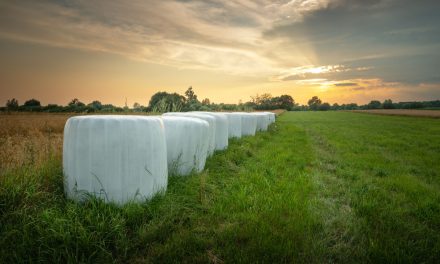
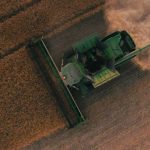

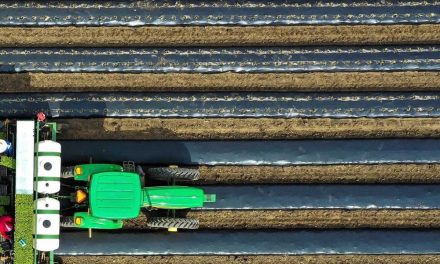



![[eBook Trends in Agriculture Plastics] Increasing use of biodegradable mulch](https://agriplasticscommunity.com/wp-content/uploads/550 × 310_2_ENG-440x264.png)
![[eBook Trends in Agriculture Plastics] Reducing the plastic used in the manufacture of agricultural films](https://agriplasticscommunity.com/wp-content/uploads/550 × 310_1_ENG-440x264.png)






